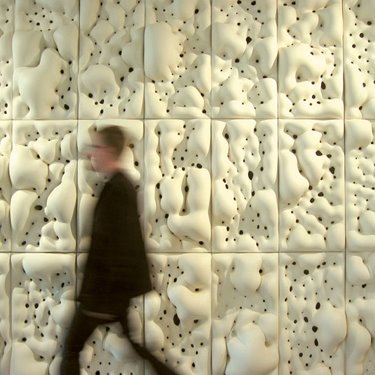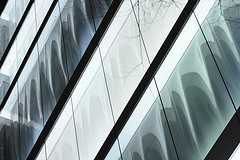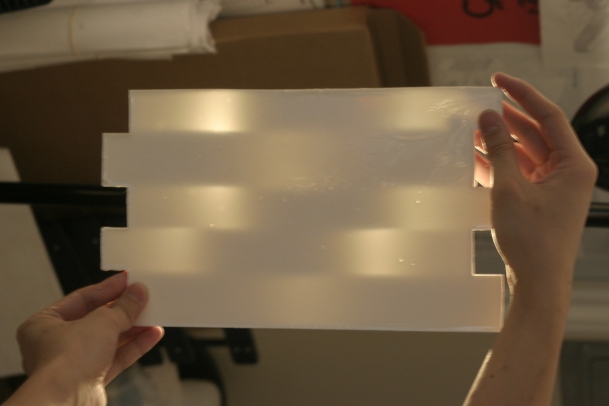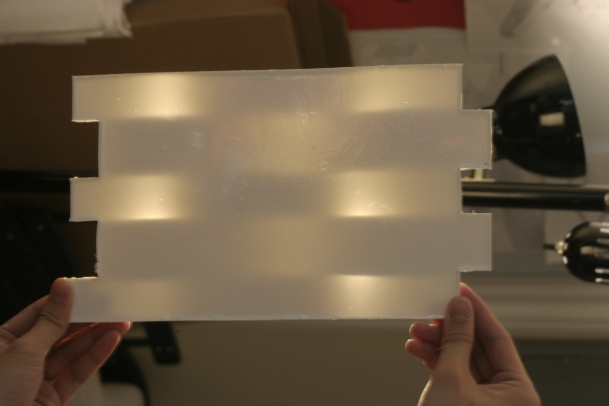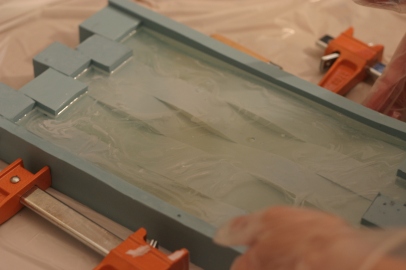Inspirations ::
Inspiration from the previous exercise ::
create variations within the same mold
Proposal ::
To make various panel unit from the same mold. Units can aggregate to form a panel system which include turning corners.
Materials used ::
oomoo 25 rubber 8 lbs
Smooth cast 300 20lbs
Basswood 1/32″ 6 pieces
MDF 4′ x 2′
Tool / Machine required ::
Lasercut – making the original positive for casting rubber
CNC – making the stand for casting the turning piece
Glue gun
Container with measurements and stirrer – for casting
Fabrication strategies ::
1 Mold subdivided into units as a flexible mold
Unit connection detail ::
Various results ::
2. Light penetration governed by the material thickness, a two sided panel
3. Flexure mold –
Planar curvature
Turning corner
How to make the whole thing?
1. Lasercut the positive as the mold for rubber.
2. Cast rubber oomoo 25 into slices (units) . Make sure the rubber fully filled the mold.
3. Aggregate the units to for the desire mold for casting plastic.
4. Fixed the mold and cast plastic (Smooth cast 300)
5. When the plastic completely formed. Remove the plastic and the mold is ready to go again.
